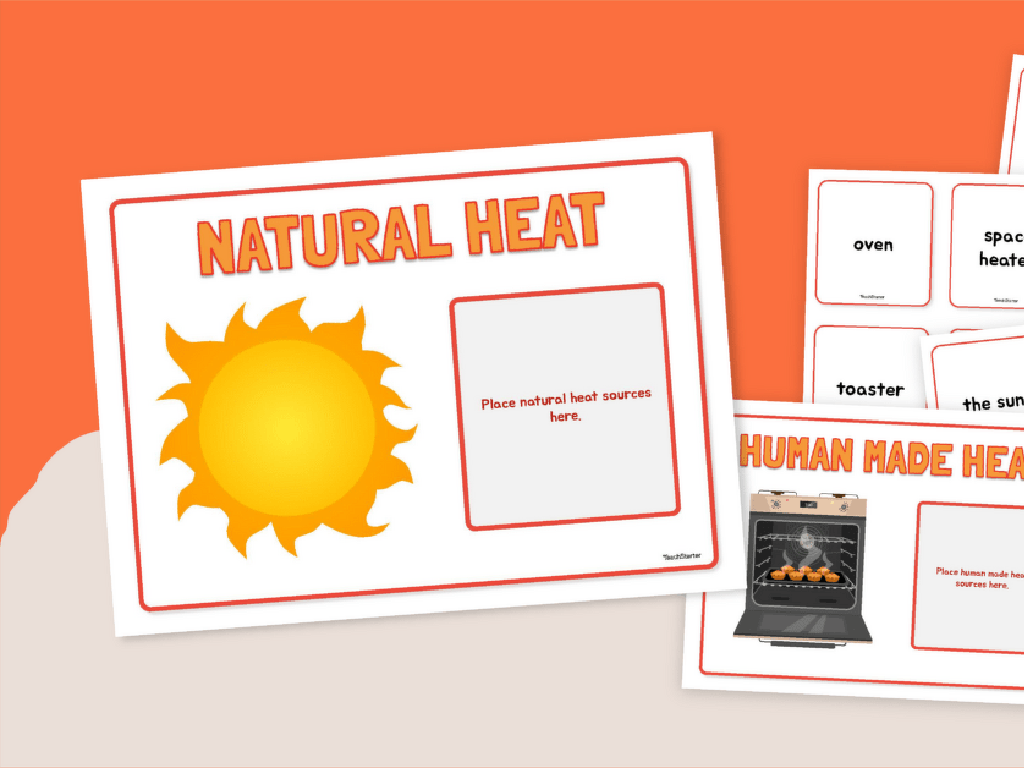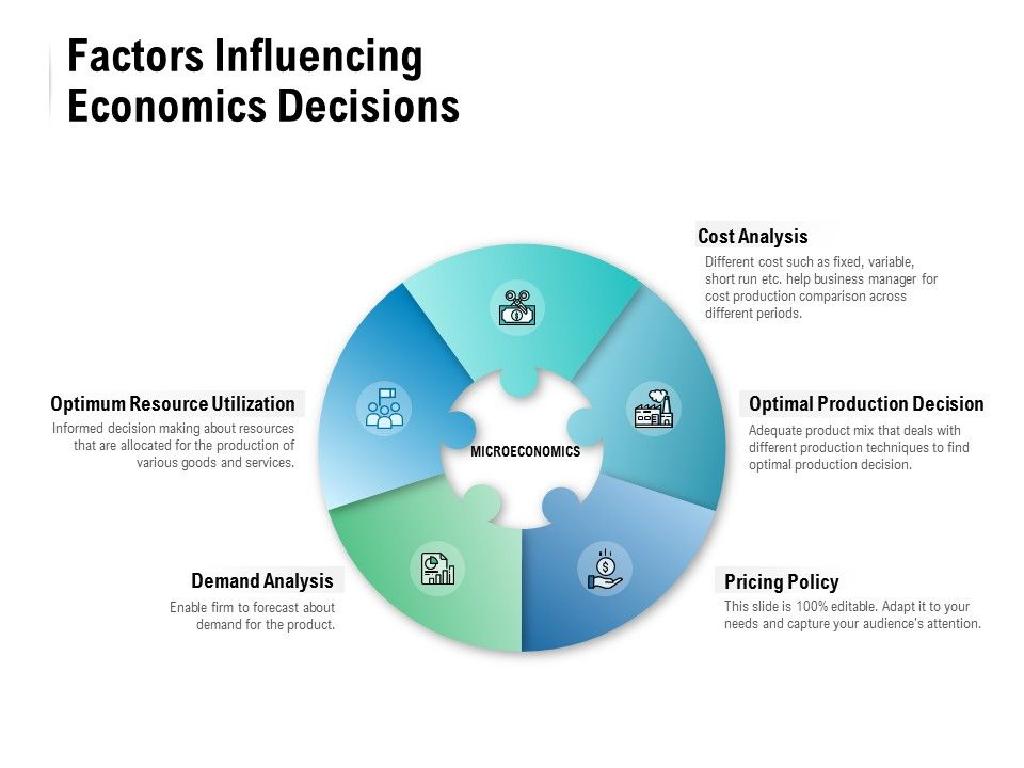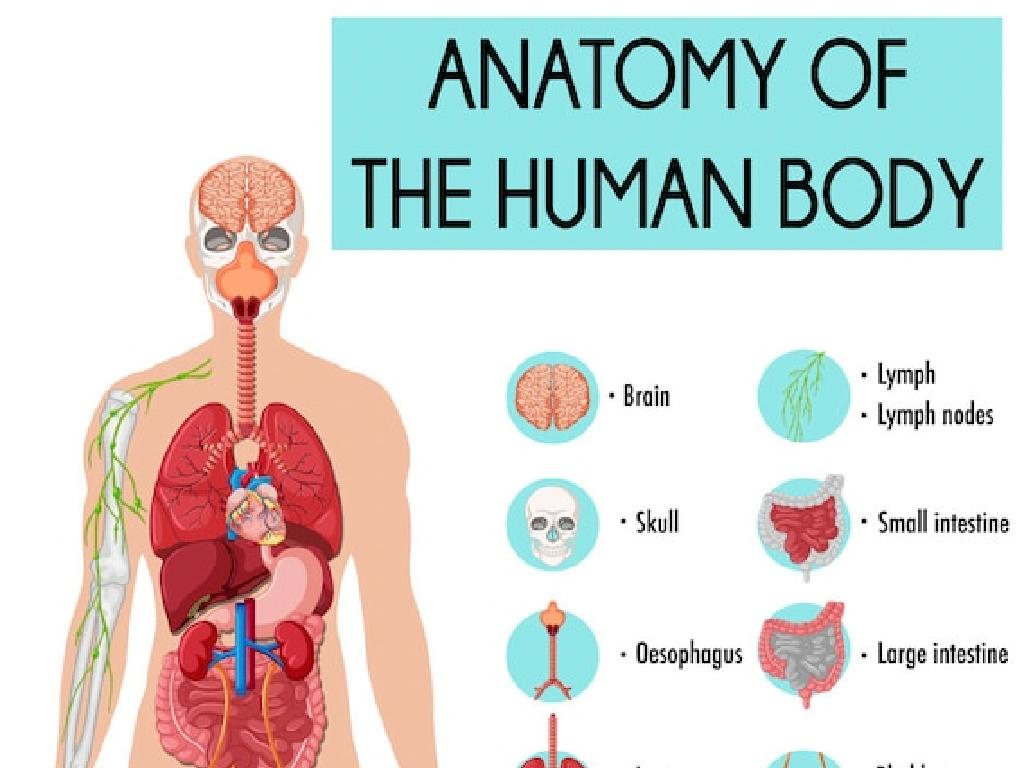Identify And Select Countries Of Europe: Region 3
Subject: Social studies
Grade: Eighth grade
Topic: Europe: Geography
Please LOG IN to download the presentation. Access is available to registered users only.
View More Content
Exploring Europe: Region 3
– Europe’s diverse geography
Europe is a continent with varied landscapes, climates, and cultures.
– Countries in Region 3
Region 3 includes countries like Italy, Greece, and Croatia.
– Significance of regional study
Studying regions helps us appreciate cultural & historical diversity.
– Engage with Region 3’s culture
Learn about local customs, food, and history of Region 3.
|
This slide introduces students to the geographical diversity of Europe, with a focus on Region 3. It’s important to highlight the variety of landscapes, from the Alpine mountains to the Mediterranean coastlines, and how these influence the culture and history of the region. Emphasize the countries within Region 3, encouraging students to identify them on a map. Discuss why understanding different regions is crucial for a comprehensive knowledge of Europe’s role in global affairs. Encourage students to explore the unique cultural aspects of Region 3, such as the Renaissance in Italy, the ancient ruins of Greece, and the Adriatic coastline of Croatia. This will help students gain a deeper appreciation for the continent’s complexity and the interconnectedness of its regions.
Exploring Europe: Region 3 Countries
– List Region 3 countries
– Includes Italy, Switzerland, Austria, and more
– Overview of each country’s location
– Italy is south-central, Switzerland landlocked
– Discuss countries’ regional importance
– Italy’s history, Switzerland’s neutrality
– Engage with map activities
|
This slide aims to introduce students to the countries of Europe’s Region 3, which includes nations such as Italy, Switzerland, and Austria among others. Provide a brief overview of each country’s geographical location, such as Italy’s position in south-central Europe and Switzerland’s landlocked status. Highlight the significance of each country, like Italy’s rich historical contributions to art and culture, and Switzerland’s unique position of neutrality in global politics. Engage students with map activities to help them visually place each country and understand their importance within the region. This will enhance their geographical literacy and appreciation for Europe’s diverse cultural landscape.
Physical Geography of Europe: Region 3
– Major mountains: The Alps
– The Alps are a major mountain range affecting weather and tourism.
– Key rivers: Danube River
– The Danube is vital for transport, borders, and irrigation.
– Significant lakes: Lake Balaton
– Lake Balaton is a hub for recreation and wildlife.
– Geography’s impact on climate & culture
– Terrain and water bodies shape local lifestyles, traditions, and economies.
|
This slide aims to explore the physical geography of Europe’s Region 3 and its influence on the area’s climate and culture. The Alps, stretching across several countries, act as a natural barrier affecting weather patterns and providing opportunities for winter sports, which in turn influences the local economy and culture. The Danube River is a significant waterway for commerce and has historically defined political boundaries. Lake Balaton, Central Europe’s largest lake, is a popular tourist destination and supports a diverse ecosystem. Discuss how these features contribute to the region’s unique climate zones, agricultural practices, and cultural identities. Encourage students to think about how living near these physical features would influence their daily lives.
Cultural Highlights of Europe: Region 3
– Predominant languages in Region 3
– Explore the linguistic diversity, such as French, German, Italian
– Region 3’s historical landmarks
– Visit the Colosseum in Italy, Neuschwanstein Castle in Germany
– Notable events shaping Region 3
– Reflect on the Renaissance, Fall of the Berlin Wall
– Unique cultural traditions
– Carnival in Venice, Oktoberfest in Munich
|
This slide aims to give students a glimpse into the rich cultural tapestry of Europe’s Region 3. Highlight the variety of languages spoken across different countries, emphasizing the importance of language as a cultural identifier. Introduce students to famous historical sites like the Colosseum and Neuschwanstein Castle, which are not only architectural marvels but also tell stories of the past. Discuss significant historical events, such as the Renaissance and the Fall of the Berlin Wall, which have had a profound impact on the region’s development. Lastly, delve into unique cultural traditions like the Carnival of Venice and Oktoberfest, which reflect the region’s festive spirit and social customs. Encourage students to research more about these cultural aspects and possibly share any personal experiences or family heritage related to the region.
Economic Activities in Europe: Region 3
– Region 3’s main industries
– Manufacturing, technology, and services dominate
– Agricultural practices
– Wine production, olive farming, and dairy
– Trade and cooperation
– EU policies facilitate trade among member states
– Geography’s economic impact
– Mountainous terrain influences industry location
|
This slide explores the economic activities within Region 3 of Europe, focusing on the main industries such as manufacturing, technology, and service sectors. Agriculture also plays a significant role, with wine production, olive farming, and dairy being prominent depending on the climate and terrain. The trade and economic cooperation between countries are largely influenced by European Union policies, which aim to create a single market for goods and services. Lastly, the geography of the region, including mountainous areas, can have a profound impact on where industries are situated and how trade routes are developed. Encourage students to think about how these factors interplay to shape the economy of a region.
Europe: Region 3 – Political Landscape
– Government systems overview
– Explore parliamentary, presidential systems
– EU and international roles
– Member states’ influence in EU policies
– Current events affecting Region 3
– Discuss recent news and political changes
– Analyzing political impact
– Evaluate how events shape the region’s politics
|
This slide aims to provide students with an understanding of the various government systems within Europe’s Region 3, their roles within the European Union, and how current events impact these countries. Begin by discussing the differences between parliamentary and presidential systems, and how these systems function in different countries. Highlight the significance of these countries in EU decision-making and international affairs. Bring in recent news articles or case studies to illustrate the real-time impact of current events on the political landscape. Encourage students to think critically about how political decisions and events can shape the region’s stability and relations with the rest of the world.
Mapping Exercise: Europe’s Region 3
– Label countries and capitals on map
– Mark major physical features
– Discuss geography’s impact on life
– How do mountains, rivers, and climate shape culture, economy, and politics?
– Share and compare with classmates
– Learn from different perspectives and insights
|
This class activity is designed to help students actively engage with the geography of Europe’s Region 3. Provide each student with a blank map and a list of countries, capitals, and major geographical features to label. Encourage them to consider how these physical features influence the lives of people in these areas, touching on aspects such as culture, economy, and politics. After the mapping exercise, facilitate a session where students share their maps and discuss their observations. This peer learning opportunity allows them to see different interpretations and understandings, which can deepen their grasp of the subject matter. Possible activities include labeling the Alps, identifying the capital cities like Vienna and Bern, and discussing the significance of the Danube River.
Conclusion: Europe’s Region 3 Overview
– Recap of Europe’s Region 3
– Summarize the countries, cultures, and geography discussed.
– Region’s contribution to diversity
– Discuss cultural, linguistic, and historical diversity.
– Engage in Q&A session
– Encourage curiosity about Europe
– Ask questions about the region’s countries, traditions, or geography.
|
This slide aims to wrap up the session on Europe’s Region 3 by summarizing the key points covered, including the countries that make up this region, their unique cultures, and geographical features. Highlight how this region contributes to Europe’s rich tapestry of diversity, with its mix of languages, traditions, and histories. The Q&A session is an opportunity for students to clarify any doubts and delve deeper into topics of interest, fostering a spirit of inquiry and curiosity about European geography and culture. Encourage students to think critically about what they’ve learned and how it connects to the broader European context.






